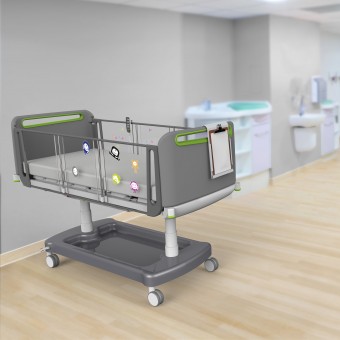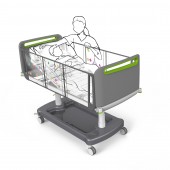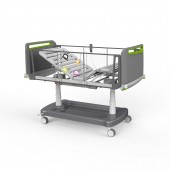Nidus Hospital bed for children by Carolina Falcão Duarte |
Home > Winners > #34477 |
| CLIENT/STUDIO/BRAND DETAILS | |
 |
NAME: Universidade Federal do Rio Grande do Sul PROFILE: The Universidade Federal do Rio Grande do Sul, UFRGS (Federal University of Rio Grande do Sul) is a century-old educational institution nationally and internationally recognized. It is a public institution dedicated to serving the community and to building its future with a critical consciousness. This, combined with its leading research programs and expressive community outreach, grants UFRGS to be ranked among the best universities in the country. More than 30 thousand people circulate its facilities in search of receiving one of the top 10 most qualified educations in Brazil. The Design course trains professionals with qualification in Product Design or Visual Design. Pedagogical practices are focused on the development of creativity, with emphasis on autonomy, flexibility and versatility, conditions needed for the professional practice of the Designer. The course is developed and experienced in a multidisciplinary way, strongly based on the practical projects, learning about methods, materials and processes, and all disciplines and tools involved in the design process. This practice not only combines innovation and subjectivity of the creation process, but also establishes a close relationship with the productive sectors outside the university environment. |
| AWARD DETAILS | |
 |
Nidus Hospital Bed For Children by Carolina Falcão Duarte is Winner in Medical Devices and Medical Equipment Design Category, 2013 - 2014.· Read the interview with designer Carolina Falcão Duarte for design Nidus here.· Press Members: Login or Register to request an exclusive interview with Carolina Falcão Duarte. · Click here to register inorder to view the profile and other works by Carolina Falcão Duarte. |
| SOCIAL |
| + Add to Likes / Favorites | Send to My Email | Comment | Testimonials | View Press-Release | Press Kit |
Did you like Carolina Falcão Duarte's Medical Product Design?
You will most likely enjoy other award winning medical product design as well.
Click here to view more Award Winning Medical Product Design.








